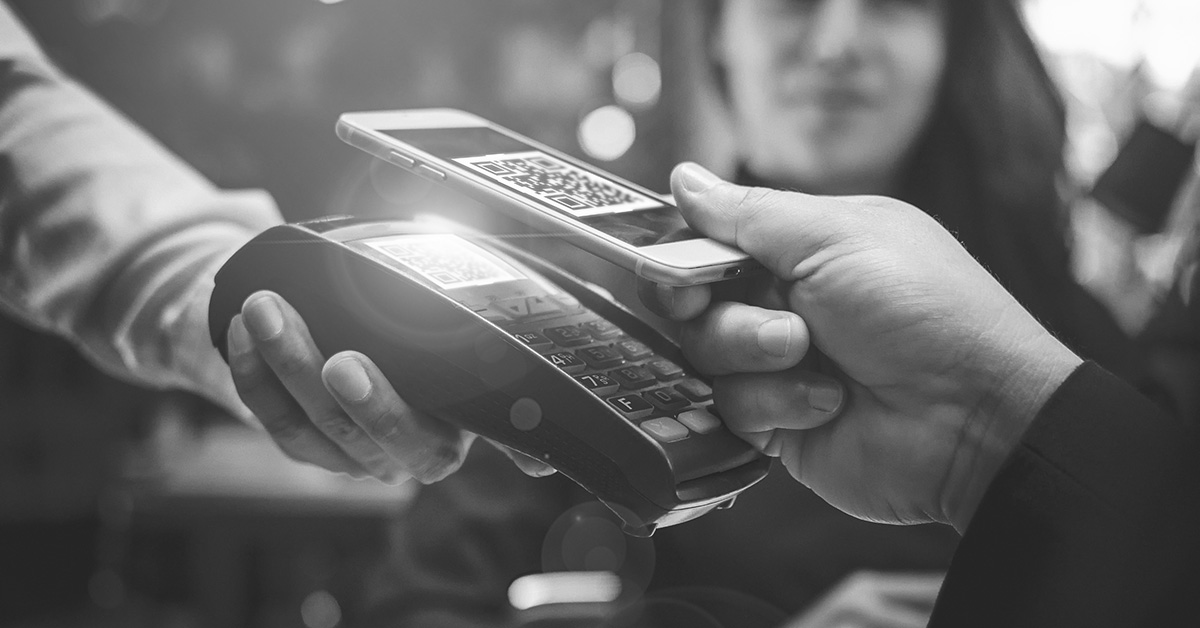
As the holiday shopping season kicks in, many are eager to secure early bird discounts and offers, preparing for the festive season. The convenience and speed of mobile devices has led to a growing number of individuals opting for mobile payments, whether conducted online or through contactless systems. The global mobile payment revenue is expected to reach $12.06 trillion by 2027, and smartphone users are anticipated to surpass 7.7 billion by 2028. As these figures soar, the importance of conducting secure transactions online becomes increasingly evident.
Mobile payments encompass all transactions and fund transfers conducted via mobile devices. Due to their popularity, they also have become favored for cyberattacks, such as phishing and Man-in-the-Middle (MitM) attacks, which could lead to the theft of financial data and funds. Consequently, it is imperative to implement essential security measures to mitigate the risks associated with mobile payment security.
Types of mobile payments
Various types of mobile payments are accessible in today's digital landscape, including:
- Mobile browser payment systems: Similar to desktop eCommerce, mobile browser payment systems facilitate Card-Not-Present (CNP) transactions, including Automated Clearing House (ACH) and card (debit, credit, or gift card) options. Customers on mobile devices add items to the cart and input payment details during the checkout process.
- In-App Mobile Payment Systems: Similar to browser-based payments, in-app mobile payments enable convenient transactions within the app, eliminating the need to navigate to the merchant's website. Users can seamlessly purchase goods and services directly from the app by registering their debit or credit cards along with the required Know Your Customer (KYC) information.
- NFC or Contactless Mobile Payment Systems: Near Field Communication (NFC) facilitates contactless payments by establishing a connection between your mobile device and a Point-Of-Sale (POS) terminal using close proximity radio frequencies. After identity validation through a passcode, fingerprint, or other means, money is transferred from your bank account to the merchant. Completing a purchase involves hovering your mobile device above a contactless reader, securely capturing relevant payment information.
- Peer-to-Peer (P2P) Mobile Payments: Peer-to-peer payments involve the straightforward transfer of money between users. Facilitating not only money transfers but also the splitting of bills and shared purchases.
Security elements in mobile payment methods
Tokenization
Tokenization randomly generates keys, replacing sensitive card data with a secure artifact, known as a token, during contactless payments. The token has limited validity and, if intercepted, becomes void. NFC uses tokenization for secure transactions, ensuring that even if a system is compromised, only encrypted tokenized data is accessible to cybercriminals, providing enhanced protection for customer information.
Encryption
Encryption safeguards private information by utilizing a secret key, ensuring data security on mobile devices. It serves as a critical defense against mobile payment security threats, rendering data inaccessible without the appropriate decryption key.
Two-factor authentication (2FA)
2FA enhances security by requiring two forms of identification, such as a password, payment card, or phone, and a separate mechanism, like a one-time code, a fingerprint, voice, or facial recognition, for authentication. This dual-layered approach provides an extra layer of protection, significantly reducing the risk of unauthorized access.
Payment Card Industry’s (PCI) Contactless Payments on COTS specification
The PCI's Contactless Payments on Commercial Off-The-Shelf (COTS) specification is a comprehensive set of standards formulated by the Payment Card Industry Security Standards Council (PCI SSC). This standard aims to provide a secure and structured framework, allowing phones and similar devices to seamlessly accept contactless payments. Establishing robust guidelines ensures the reliable implementation of contactless payment functionalities on widely used commercial devices, enhancing both security and interoperability in the payment ecosystem.
Mobile payment security threats and challenges
Security threats in mobile payments stem from software vulnerabilities and user practices. Evaluating these risks and implementing essential security measures is crucial for ensuring the safety of digital transactions.
Phishing and social engineering attacks
Phishing and social engineering attacks in mobile payments involve deceptive tactics such as fraudulent messages, fake websites, or manipulative communications to trick users into revealing sensitive information such as passwords or financial details. Threat actors exploit human vulnerabilities to gain unauthorized access to users' personal and financial data.
To defend against these attacks:
- Exercise caution when downloading apps from well-known creators, and question unsolicited requests for personal or financial details.
- Delete suspected phishing texts and avoid clicking links.
- Pay close attention to website URLs for counterfeit websites.
- Confirm the legitimacy of requests through trusted channels before sharing sensitive information.
Lost or stolen mobile device
With mobile phones replacing wallets, business cards, and banking tools, the risk of losing sensitive data like passwords, personal information, and banking details is significant. Smartphone vendors employ protection technologies such as Two-factor authentication and Tokenization to prevent unauthorized access to mobile wallets.
Man-in-the-middle attacks (MitM)
Using unsecured public Wi-Fi networks creates opportunities for MiTM attacks, enabling malicious actors to intercept data between a payment app and its server. This can result in unauthorized access, credential theft, and fraudulent fund transfers. Prevention measures include using encryption protocols, such as employing a VPN and implementing multi-factor authentication.
Fraudulent payment apps
Ensure your mobile banking or wallet app is authentic. Cloned apps mimicking legitimate ones can compromise users' financial details, leading to unauthorized transactions and security risks. Download banking apps from the link provided on your banking site. Do not use third-party wallet apps.
Best practices to enhance the security of mobile payments
- Enable Two-Factor Authentication (2FA): 2FA requires users to provide two forms of identification, such as a password and a biometric factor, in the mobile device, adding an extra layer of protection.
- Keep mobile payment apps up-to-date: The latest updates ensure access to the latest security patches and features, safeguarding against potential vulnerabilities.
- Monitor Account Activity Regularly: Regularly review your mobile payment account activity to detect and address any suspicious transactions promptly.
- Set up Find My Phone: You can use this feature to locate your device if it is lost or stolen.
- Avoid Public Wi-Fi for transactions.
- Regularly Review App Permissions: Periodically review and adjust app permissions to restrict unnecessary access.
Conclusion
Mobile payment security necessitates navigating evolving threats, implementing robust features, and adhering to essential best practices. Maintaining a secure and seamless mobile payment experience relies on user education, continuous vigilance, and collaborative efforts among users, developers, and security experts.
Editor’s Note: The opinions expressed in this guest author article are solely those of the contributor, and do not necessarily reflect those of Tripwire
Insider Insights for the PCI DSS 4.0 Transition
Gain valuable insights from cybersecurity experts on transitioning to PCI DSS 4.0. Tripwire's comprehensive guide provides strategic advice, making the compliance process more streamlined and efficient. Understand the challenges and solutions for meeting PCI DSS requirements with expert guidance.

